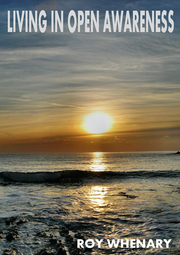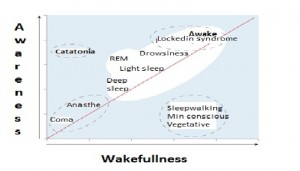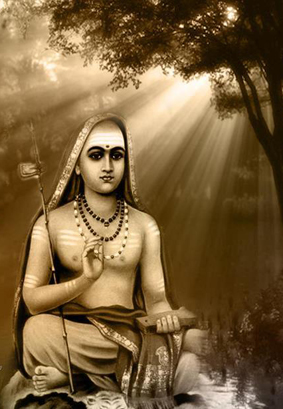Much of the Brahma Sutra can be extremely tedious. In particular the fourth section of the third chapter is really only of interest to the pUrva mImAMsaka, since it discusses the finer points of various rituals prescribed in the Upanishads. I have to confess that, when listening to this in the talks of Swami Paramarthananda, I eventually had to give up and move onto chapter 4! Only to discover that the first few adhikaraNa-s of chapter 4 really ought to have been included in the previous section!
But I persevered and am very pleased that I did so. It does so often happen that, in the midst of some particularly sleep-inducing material, something really interesting crops up! And verse 4.1.2 is no exception. This topic is discussing the practice of shravaNa, manana, and nididhyAsana (i.e. j~nAna yoga, Atma vichAra etc) and, in particular, whether this needs to be done once only or repeatedly. But the interesting aspect dealt with by Swami Paramarthananda relates to the spiritual path in general. Continue reading




